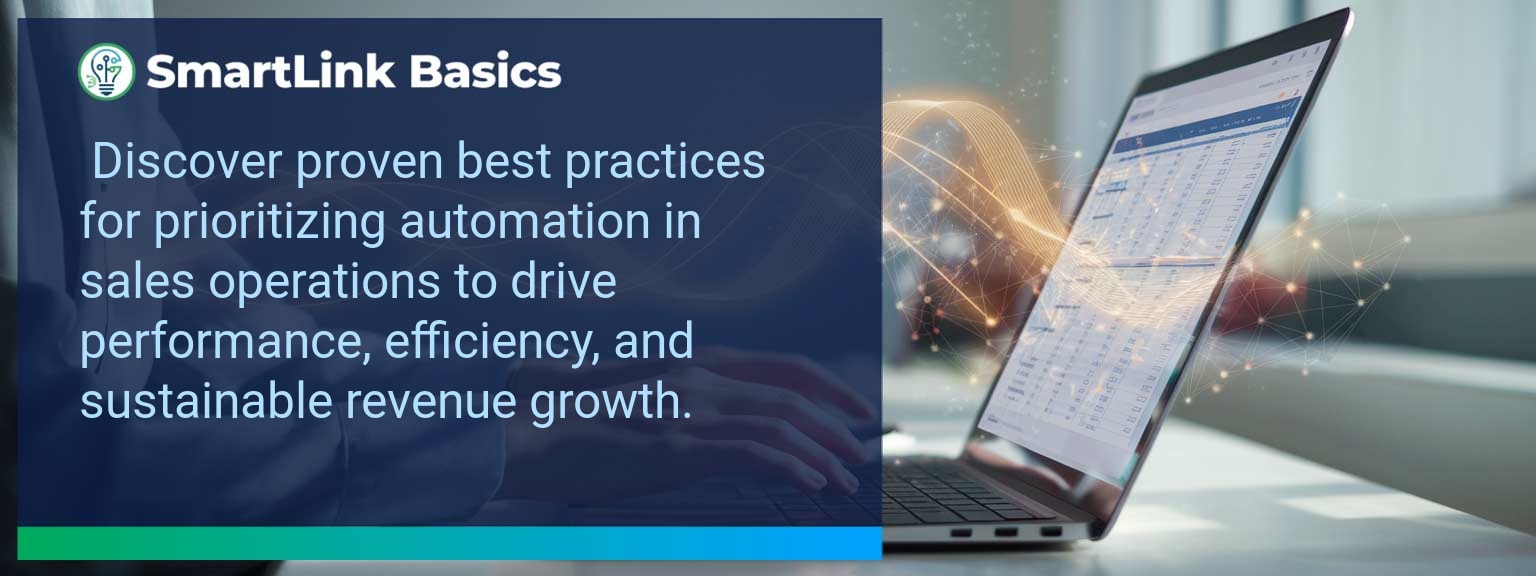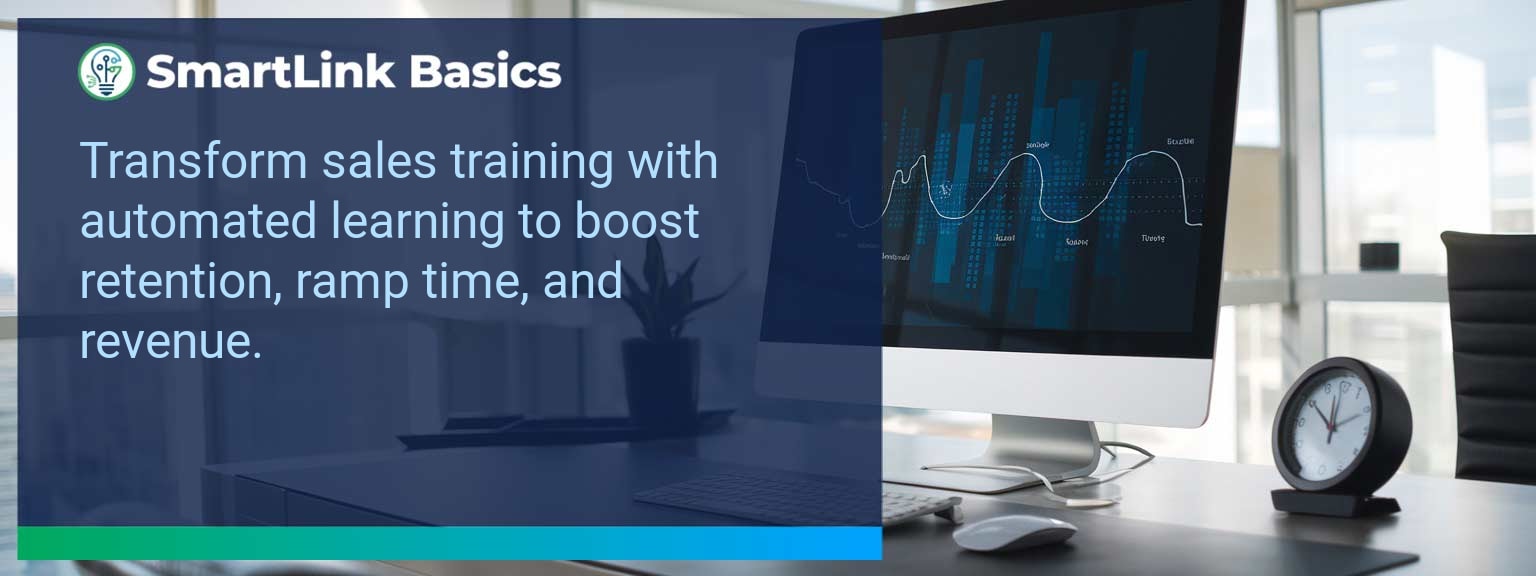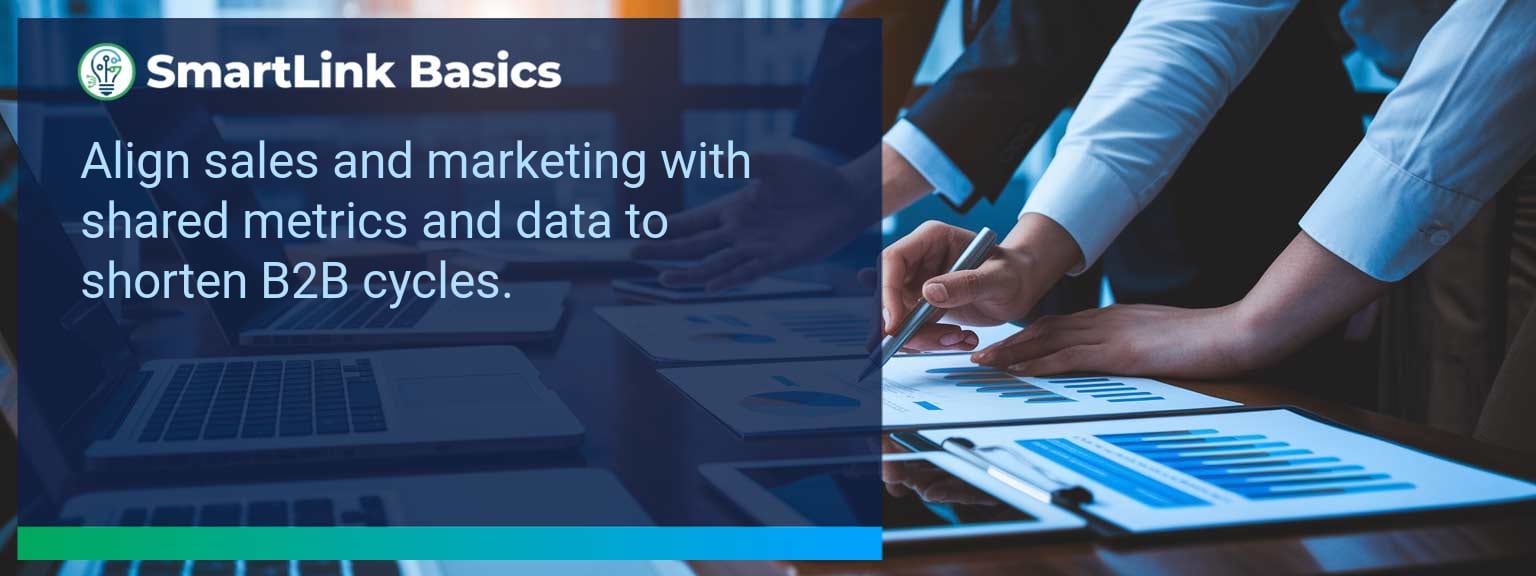Sales organizations that fail to modernize their operating systems risk losing momentum to competitors already leveraging AI-driven efficiency. At SmartLink Basics, we’ve seen that companies adopting Best Practices Automation in sales operations gain measurable advantages in data accuracy, cycle speed, and revenue predictability. This article lays out a practical framework for prioritizing automation—helping leaders identify high-impact automation opportunities, avoid common pitfalls, and measure return on investment (ROI) effectively. You’ll leave with a clear roadmap to streamline operations and elevate both efficiency and team performance.
- Evaluate tasks with high repetition and low strategic value for automation.
- Align automation goals with sales performance objectives.
- Prioritize quick wins before advancing to complex workflows.
- Use clear KPIs to assess improvement in speed and accuracy.
- Balance human insight with AI-driven tools for sustainable scaling.
Understanding the Shift: Best Practices Automation in Sales Operations
Automation is transforming the way sales teams execute, measure, and optimize revenue performance. Traditional workflows—reliant on spreadsheets, manual forecasting, and inconsistent CRM entries—no longer meet the speed and granularity required by today’s market. Implementing Best Practices Automation means embedding repeatable efficiency into every stage of the sales process, from lead intake to contract management.
Modern platforms such as CRM automation tools, AI in sales assistants, and predictive lead scoring systems streamline sales process optimization. The result: fewer errors, faster response times, and better visibility into deal progression.
Key Obstacles in Streamlining Sales Processes
Implementing sales automation within established organizations introduces challenges that require deliberate leadership. Many teams face data integrity issues when existing systems are not unified, causing discrepancies across reporting platforms. Others encounter user resistance due to poor training or unclear benefits of workflow automation.
To overcome these barriers, leaders must design change management plans that emphasize user education and outcome transparency. A phased rollout, supported by early wins such as automated lead management, reduces anxiety and demonstrates tangible business value.
A Strategic Framework to Prioritize Automation
Prioritizing automation effectively begins with a structured, data-backed assessment. Start by listing recurring tasks within sales operations—such as email follow-ups, onboarding workflows, or forecasting reports—and rank them by frequency and strategic impact. Using an impact-versus-effort model allows teams to target quick wins that maximize ROI early.
Next, align each automation initiative to clear objectives tied to performance indicators like conversion ratio or cycle time reduction. The ideal approach integrates technology and process design with coaching disciplines, ensuring automation complements human judgment rather than replaces it.
Metrics That Matter
| Category | Metric | Definition | Target |
|---|---|---|---|
| Leading | Workflow Automation Completion | % of identified manual workflows converted to automation each quarter | 85%+ |
| Leading | CRM Adoption Rate | % of team regularly updating CRM within 24 hours of activity | 90%+ |
| Lagging | Cycle Time Reduction | Decrease in total time from qualified lead to closed deal | -25% |
| Lagging | Revenue Growth per Rep | Incremental revenue increase per salesperson after automation | +15% |
| Quality | Data Accuracy Score | % accuracy rate across CRM fields and synced tools | 98%+ |
| Quality | Rep Feedback Alignment | Average satisfaction rating from reps regarding automation relevance | 4.5+/5 |
Measuring the Impact of Automation on Sales Performance
When implemented correctly, automation delivers measurable gains across time savings, deal velocity, and pipeline transparency. Clear benchmarking through lead conversion rates, follow-up response speed, and CRM data integrity provides actionable insights. For instance, teams using workflow automation for lead management frequently report a 30% increase in qualified pipeline volume.
Leaders should revisit these metrics quarterly to refine processes and ensure sustained progress toward long-term automation maturity.
Get the 90-day plan, coaching rubric, and dashboard template to operationalize AI in your enablement program.
The Future of Sales Operations in the Age of AI
Sales automation will continue to redefine how teams execute, forecast, and collaborate. The future belongs to leaders who can balance structured automation frameworks with adaptive human intelligence. By following Best Practices Automation and tracking performance through clear metrics, sales teams can drive consistent growth and smarter scaling. Explore the latest AI-driven sales enablement resources from SmartLink Basics to advance your automation strategy today.









